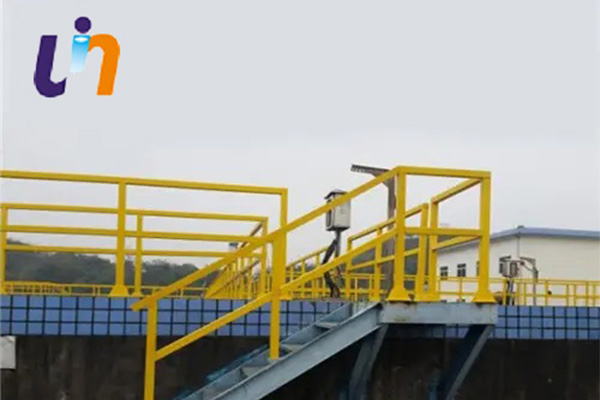Friends who do engineering know that FRP handrails have gradually replaced traditional zinc steel, stainless steel, and anti-corrosion wood railings, especially in sewage treatment, chemical industry, municipal engineering, scenic spots, and other occasions. So, why are FRP handrails so popular? Let’s analyze it today.

FRP handrails
First of all, FRP handrails are resistant to corrosion and aging. FRP handrails use resin as raw material. Because of its chemical properties, it has the characteristics of corrosion resistance and aging resistance. It is suitable for indoor and outdoor occasions such as sewage treatment plants and chemical plants and does not require maintenance in the later stage. After a period of wind and sun exposure, conventional zinc steel, stainless steel, and anti-corrosion wood handrails need to be painted to prolong their service life.
Secondly, the strength of the FRP handrails can replace steel. FRP handrails are assembled through a series of fiberglass pultruded profiles, and in addition to the main material resin, the production of profiles is strengthened by glass fiber filaments and felts. Generally, the glass fiber content reaches around 55-60%, which can increase the strength of the profiles themselves.
Finally, the FRP handrails are lightweight and easy to handle and install. FRP handrails use round tubes and square tubes. These profiles are hollow and lightweight, which are more convenient for handling and installation.




























